TECH REVIEW – Despite the challenges of recent years, there are still three major players in the premium smartphone market, and Huawei remains in the fray. Although the lack of Google’s Android ecosystem has limited sales, Huawei continues improving its P series smartphones yearly. With the debut of the Huawei P60 Pro and the feedback so far, the brand is taking its smartphone design to a new level and pushing the boundaries.
The major manufacturers focus on similar innovations year after year, whether it’s new designs, technologies like 5G, fast charging or camera developments. In 2023, the battle will be over pocketable professional photography. Let’s look at how Huawei’s flagship rises to the challenge.
Brand new design
The design of the P60 Pro stands out among this year’s newcomers, thanks to the new Rococo Pearl version. The brand is already one of the most stylish smartphone manufacturers and has never been afraid to innovate. The Rococo Pearl color variant only confirms this position.
The great thing about this design is that every phone is unique. The phone is also extremely comfortable to hold, as if it were really soft as butter. But be warned: the phone is quite slippery, so if you put it on the sofa or your pants, for example, you run a certain risk. As usual, Huawei has included a transparent case. This is good because it keeps the color visible, but unfortunately it reduces the shine of the design.
The Rococo Pearl is not as flashy as last year’s Gold Edition in the P50 series. Huawei also offers a Frosted Black version for those who prefer a more subtle style.
The phone weighs in at 200 grams, which may seem like a lot to some. However, in my personal experience, after the Galaxy Note series and the current Galaxy S23 Ultra, the P60 Pro is easier to handle and more comfortable. It’s easy to pocket and carry around, even compared to larger devices, and it feels good in the hand.
Overall, it is positive that there is still room for innovative design solutions when most new smartphones follow the curved rectangular design. The Huawei P60 Pro stands out in this category and is one of the best-looking phones currently on the market.
Screen and display
While the P series didn’t always have the best screens in its category when it launched, the brand has done well to update its flagship lineup. This evolution continues with the Huawei P60 Pro’s LTPO OLED screen. The device features a 6.67-inch screen with a screen-to-body ratio of 89.8%. It also supports a refresh rate of 120 Hz and the display resolution is 1220×2700 px. This results in a pixel density of 444 ppi, slightly less than the 500 ppi of the Galaxy S23 Ultra.
However, the LTPO OLED panel makes the difference with better color reproduction year after year. Not only does it support HDR, HDR10 and HDR10+, but it also boasts 99.8% sRGB and a maximum brightness of 1200 nits. It’s not the brightest screen on the market, but Huawei has improved the overall index and accuracy of the entire panel, making it easier to view at an angle.
For screen protection, Huawei continues to use Kunlun Glass technology. According to its marketing, the glass is up to 10 times stronger than ordinary glass of the same thickness. However, if you’re still worried about getting a few scratches or cracks, a clear case is included in the package just in case.
Huawei P60 Pro Specifications
The Qualcomm SM8475 Snapdragon 8+ SoC powers the Huawei P60 Pro. It’s an octo-core processor with 3.19GHz Cortex-X2, 2.75GHz Cortex-A710 and 2.0GHz Cortex-A510 CPUs. It’s also equipped with an Adreno 730 GPU, and it’s interesting to note that while this is a significant improvement over its predecessor, it’s equipped with the same chipset as last year’s Galaxy S22 series. This puts it one generation behind the 2023 S23 series.
It is also available in two versions: a 256GB with 8GB of RAM or a 512GB with 12GB of RAM for intensive users. The international version of the device comes with EMUI 13.1 based on the Android 13 operating system. For the Chinese market, HarmonyOS 3.1 is used.
It also has a triple-lens camera, which I’ll talk about later. Huawei also continues to include an infrared port, which allows users to sync the smartphone as a remote control when needed. BDS messaging technology enables satellite communication and is a future innovation in the P60 series. There has been a lot of movement in this area lately, and it is good to see that brands are already starting to natively integrate the necessary technologies.
Finally, there is the battery. Huawei has never tried to pack the biggest battery into its devices, instead relying on clever software efficiency to get the best performance. The P60 Pro comes with a 4815 mAh Li-Po battery. But the brand has shone in recent years with its fast charging technology. The device now supports up to 88W of wired charging and 50W of wireless charging. That means you’ll be up and running in no time. It also supports reverse wireless charging.
Performance and battery
The Huawei P60 Pro uses an older generation SoC (System on a Chip), but this shouldn’t be a problem for most users. The device’s eight-core processor provides enough power for everyday tasks, whether it’s multitasking, video editing or other activities.
For those who like benchmark tests, the device’s S23 family of processors performs 15% worse than the iPhone. However, it’s worth noting that benchmark tests don’t always accurately reflect a device’s actual performance, especially when there are multiple variables involved in comparing smartphones.
In terms of graphics performance, the Adreno 730 GPU is 30% below the newer 740 model, especially compared to the S23 Ultra, which is currently one of the best on the market. However, graphics performance has improved significantly from one generation to the next, so mobile games run much better on the new SoC.
Battery life and charging
In terms of battery life, Huawei does better than most of its competitors. The P60 Pro offers longer battery life than the S22 series, which uses the same SoC. However, Qualcomm’s latest chips have improved power efficiency, so the P60 Pro lags a bit, although it delivers similar performance to the iPhone 14.
Huawei uses its own artificial intelligence-based battery management software, which allows devices with low-capacity batteries and less efficient chips to perform well. In a full day of use, even with heavy usage, there was no need to worry about battery drain.
When it comes to charging, Huawei’s technologies are excellent. The device supports up to 88W of fast charging, which is almost double that of most competitors. While other smartphone batteries can take over an hour to charge, the P60 Pro does it in less than 40 minutes. If you’re in a hurry, you can charge it up to 50% in 10 minutes.
Next-generation camera: details and features
While the Galaxy S23 Ultra is the leader in camera smartphones with four camera lenses, the P60 Pro has “only” three. Nevertheless, there are a number of technological advances that make both devices unique in their own way.
The Huawei P60 Pro has two 48-megapixel cameras and one 13-megapixel camera. The primary 48MP camera has apertures from f/1.4 to f/4.0, a 25mm (wide angle) lens, and PDAF, Laser AF, and OIS. The secondary camera, also 48MP, has an aperture of f/2.1, a 90mm (telephoto) lens, PDAF, sensor-shifting OIS and a 3.5x optical zoom. A third 13MP camera with f/2.2 aperture and 13mm (ultra wide) lens with autofocus is included.
This camera combination is extremely versatile: whether it’s detailed portraits, macro shots or stunning landscapes, the P60 Pro will not disappoint. With the additional XMAGE sensor, it can capture even more light, which is especially useful when shooting in direct sunlight. When shooting macro, the device automatically switches to the correct camera, which I found to be a distinct advantage.
It can also produce usable images in low light and at night, although it falls short of the S23 Ultra in this area. Image detail is noticeable and you can make out objects in the dark, although brightness and detail are slightly lower.
Without Google: alternative application management and the G-Suite problem
Huawei’s difficult situation continues to be overshadowed by the US sanctions that prevent it from integrating Google and Meta services. However, the company is trying several solutions, two of which stand out: one is its own app-level solution, AppGallery, and the other is GBox, which helps integrate G-Suite apps.
AppGallery is very flexible in the way it handles the installation of applications. If you have an APK file, you can easily upload it. But for G-Suite apps, it’s a bit more complicated. These apps usually sync with Google’s cloud service, and GBox cannot always completely replace this functionality. However, in my tests, I saw a significant improvement over the past: nine out of ten applications worked perfectly.
Final Thoughts: Is the Huawei P60 Pro worth it?
Even in the world of high-end smartphones, there’s room for uniqueness, and the Huawei P60 Pro proves it. Aesthetically, it’s truly outstanding, and hardware-wise, it has a lot to offer, even if it’s not perfect in every way. The SoC is a generation old and the camera isn’t quite up to par with the latest models. However, the Android experience and AppGallery support are good, so in many ways it could be a competitive choice.
-BadSector-
Pro:
+ Brilliant, unique design
+ Great camera
+ Large and beautiful OLED display
Cons:
– No Google even now
– Fewer megapixels than modern flagships
– Expensive
Huawei P60 Pro
Design - 9
Software - 8.5
Hardware - 8
Camera - 8.8
Price/Value - 7.2
8.3
EXCELLENT
Even in the world of high-end smartphones, there's room for uniqueness, and the Huawei P60 Pro proves it. Aesthetically, it's truly outstanding, and hardware-wise, it has a lot to offer, even if it's not perfect in every way. The SoC is a generation old and the camera isn't quite up to par with the latest models. However, the Android experience and AppGallery support are good, so in many ways it could be a competitive choice.

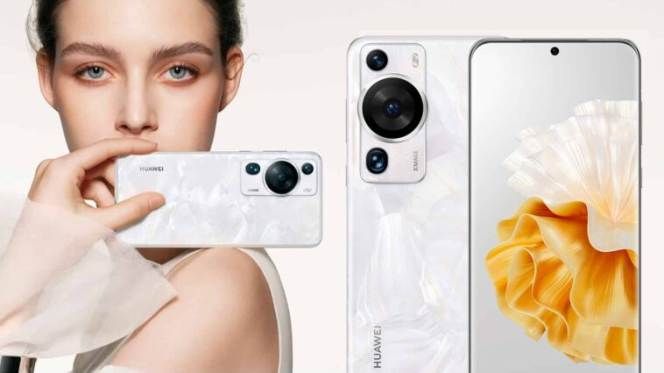
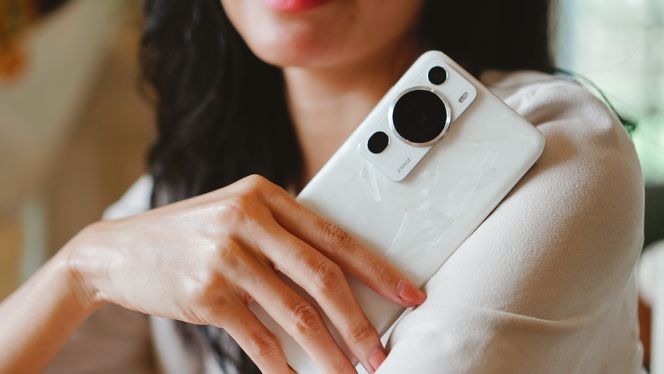
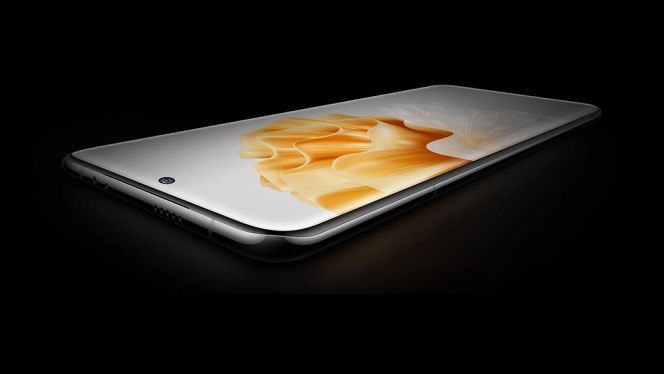
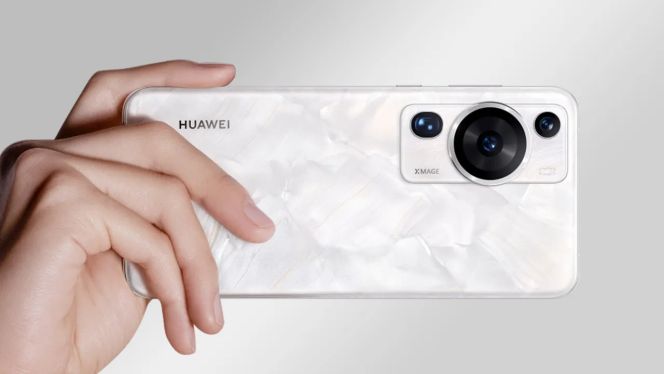
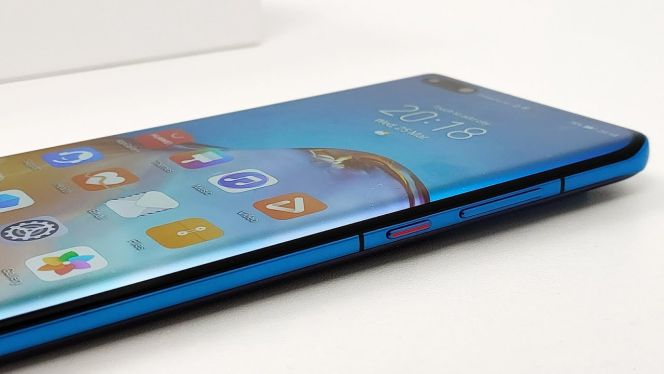



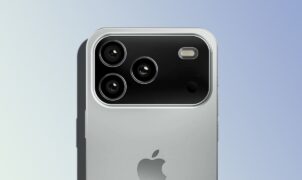
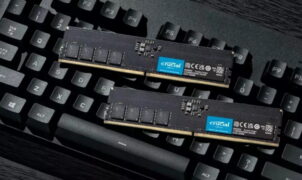
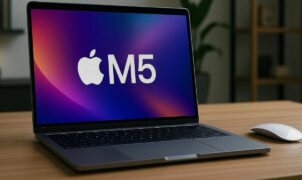
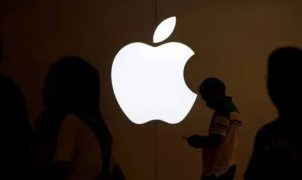

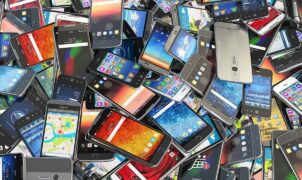




Leave a Reply